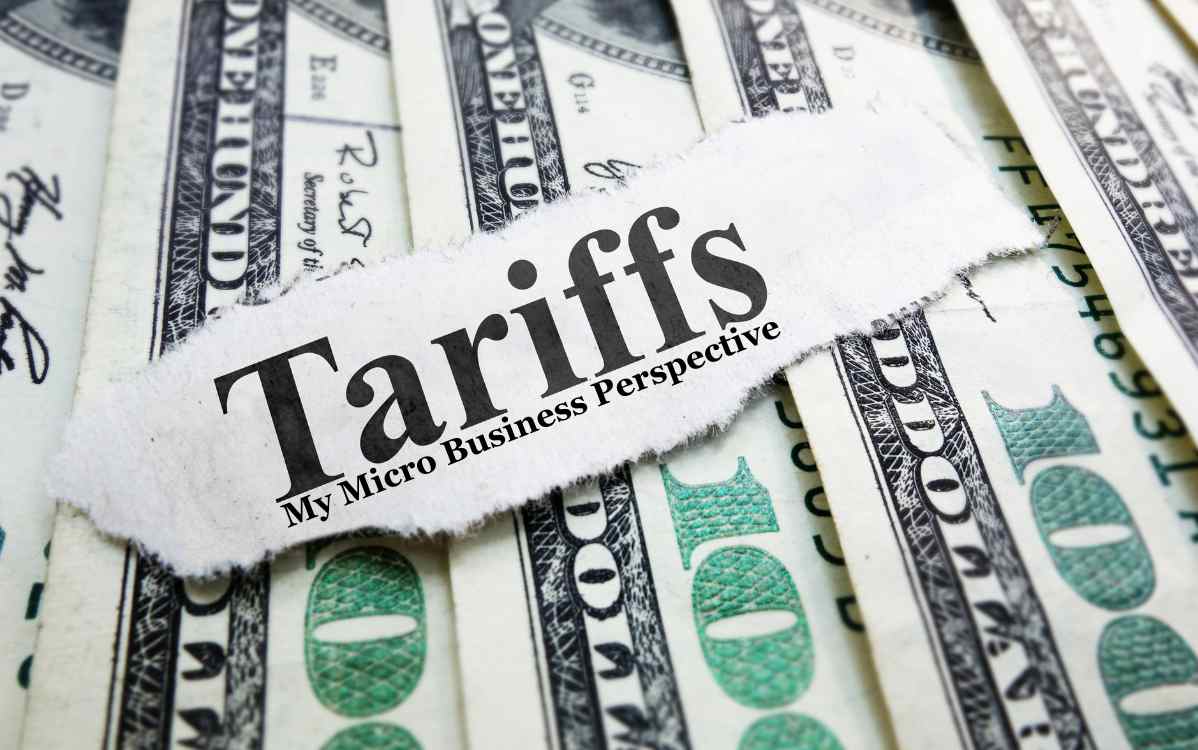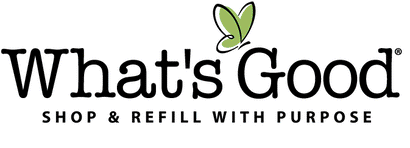FREE 🇺🇸 GROUND SHIPPING THRU 12/16 on orders 29+ WITH CODE: PROCRASTINATOR
FREE 🇺🇸 GROUND SHIPPING THRU 12/16 on orders 29+ WITH CODE: PROCRASTINATOR
Add description, images, menus and links to your mega menu
A column with no settings can be used as a spacer
Link to your collections, sales and even external links
Add up to five columns
Add description, images, menus and links to your mega menu
A column with no settings can be used as a spacer
Link to your collections, sales and even external links
Add up to five columns
Tariffs: My Micro Business Perspective
September 25, 2025

Every day, someone comes into our shop or sends us a note asking, “Are you doing okay? Are tariffs impacting you?”
The answer is simple: Yes and Yes.
In some ways, micro businesses like mine are the canary in the coal mine. Since February, after five years of steady growth, our revenue growth has started to slide. I know we're not alone.
“But wait,” people ask, “aren’t most of your suppliers here in the U.S.?” That’s true. But here’s what’s happening behind the scenes:
What we’re experiencing isn’t unique.
Small and micro businesses across the country are being squeezed by tariffs. When you mix this with political unease, inflation, and threats to our social safety nets, consumers just aren't spending money on healthier, eco alternatives (even though we're more cost effective in many ways).
How Tariffs Impact Small Businesses
Tariffs don’t just make imported products more expensive. They ripple through supply chains, raising costs for U.S. suppliers who rely on imported raw materials or components or packaging. Small businesses—without the purchasing power of big corporations—often can’t absorb those costs. A New York Fed survey found that 90% of manufacturers and three-quarters of service firms reported tariff-related cost increases, with many saying they had to absorb part of the cost themselves [NY Fed†source].
When suppliers raise wholesale prices and customers resist higher retail prices, small businesses end up selling less. In some cases, entire product lines disappear. The U.S. Senate Small Business Committee reported that tariffs forced many small firms to drop products or suppliers altogether, reducing customer choice and cutting into sales [Senate SBC†source].
Dropping a supplier or adding a new one isn’t as easy as clicking “swap.” For micro businesses like ours, it takes hours of research to find alternatives, weeks to build new relationships, and then more time to update contracts, shoot new photography, develop pricing strategies, and rework displays. All of that investment happens before the product even hits the shelves—and every day spent scrambling for replacements is a day we’re not serving our customers. Or making a profit. Don't even get me started about customers who tell me they'll just get it on Amazon if I sell out. ARGH. Don't worry, if you're reading this, I know it wasn't you. :)
Even when products are made domestically, tariffs create ripple effects—shipping surcharges, supplier instability, and sudden contract changes. According to the U.S. Chamber of Commerce, these disruptions often hit small businesses hardest, because they lack the flexibility and cash flow of larger companies [U.S. Chamber†source]. We are definitely seeing longer ship times from our normally speedy suppliers, and lots of common items we order sold out or for pre-order only.
Tariffs add to the overall uncertainty in the economy. Confusion about what’s coming next makes people hold on tighter to their dollars. Nationwide, credit card debt has reached record highs while savings rates are slipping, a clear sign that households are stressed [Federal Reserve†source]. For micro businesses, that means even when we have products to sell, customers are more cautious about spending.
What is a Micro Business?
A micro business is generally defined as firms with fewer than 10 employees and under 1M in revenue. In the U.S., that’s about 75% of all private-sector employers!!!!
Furthermore, micro businesses are the majority of “small,” but they’re so small (we like to say lean!) they typically have tighter cash flow, less access to credit, and higher vulnerability to shocks (like tariffs).
So even though we have customers in 49 states and 23 countries, we are considered a micro business... for now. When the right partner or investor shows up (call me!), we will aim for world domination in a way that always cares about people and planet along with profit.
Why It Matters
When micro businesses struggle, entire communities feel it. We provide local jobs, keep dollars circulating in our neighborhoods, and bring in products you can’t find at big box stores. But when tariffs make it harder for us to keep our shelves stocked and prices fair, everyone loses—customers, suppliers, and local economies.
Tariffs may be billed as a strategy to strengthen U.S. industries, but on the ground, they’re weakening the very businesses that keep Main Streets alive. AND P.S. we already live in a global market.
Please understand, I'm sharing all of this because you've asked. Please read as much as you can, chat with your friends and neighbors, and please, please vote with your dollars by supporting small and micro businesses when and where you have choice.
We appreciate you!
Jennifer
#shopwithpurpose #shopsmallbusiness #shopwomanowned #Livegreener
References:
Leave a comment

Good News
If any email is worthy of your inbox, it's this. Our goal is 1–2x per month. You'll get helpful & inspiring eco info, plus subscriber-only discounts.
Welcome to What's Good
Here's your $10 coupon
COPY THIS CODE TO USE IN CHECKOUT
